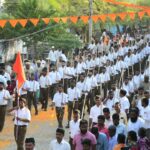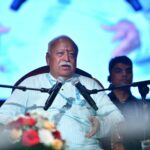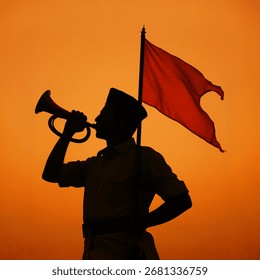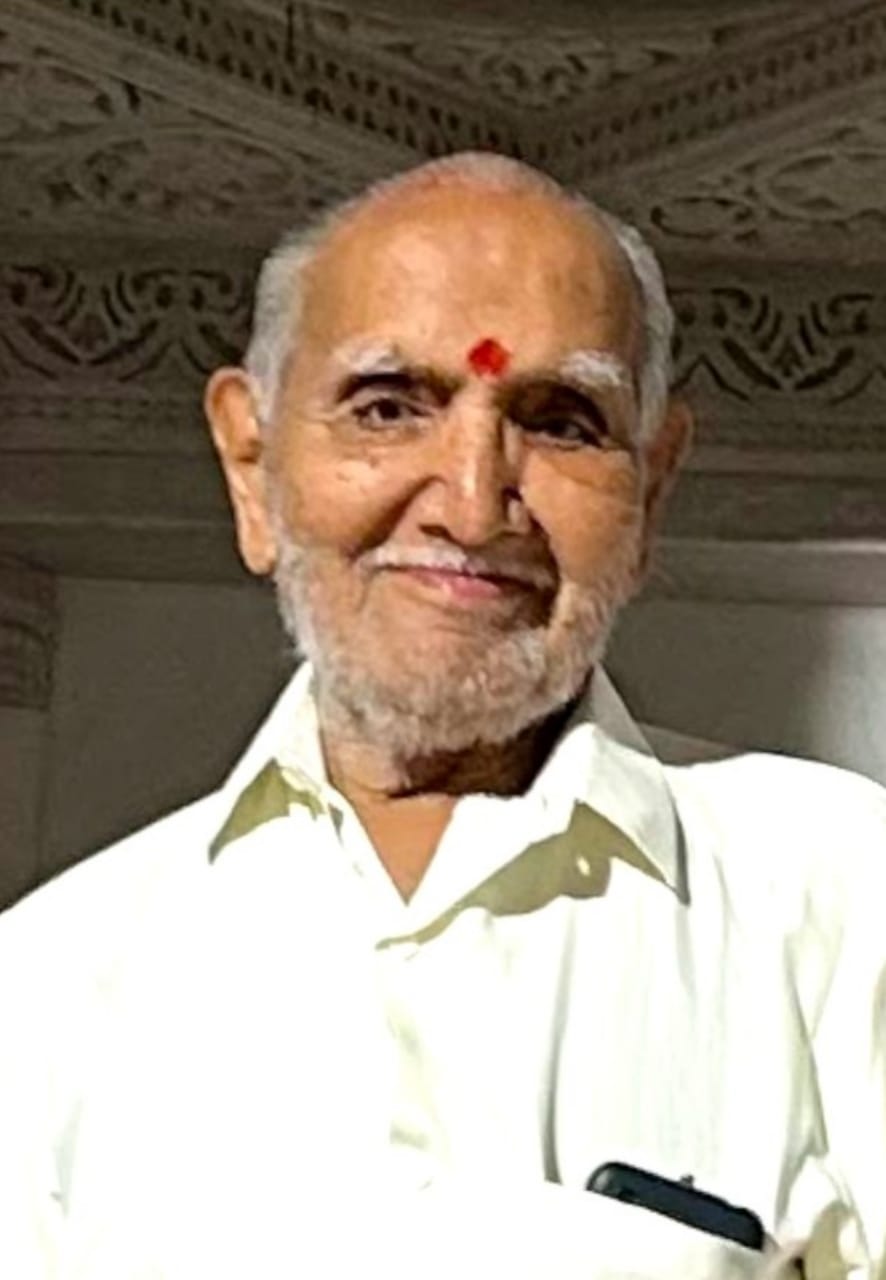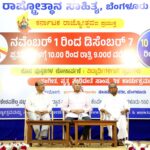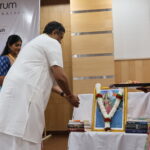
Former MP from Sarbananda Sonowal addressing the gathering at Bangalore
Abstract of Speech by Former MP of Assam, Sri Sarbananda Sonowal on ‘The North East Crisis: Causes and Concerns’, at Manthana Programme in Bangalore on Sept 1, 2012
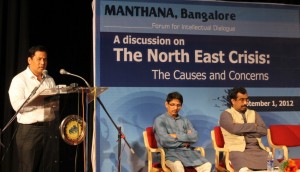
In the last 32 years the indigenous people of Assam have been cornered and pushed to the status of minority due to the huge influx of illegal immigrants from across the border i.e. Bangladesh. Every ruler, every politician, every media house and every administrator had information on this trend because time to time the intelligence input was being provided by several former secretaries of home ministry, directors of IB and DG of BDF through their write-ups in national dailies, magazines and through pamphlets. They had also been briefing on the serious situation existing in the Indo-Bangladesh border, through their own practical experiences, for many years and even in the recent past too.
Particularly Shri.G.K Pillai, the former secretary of the Home Ministry, and a former director of Intelligence Bureau had produced ample evidences through their personal and factual accounts as how the infiltrators from Bangladesh were not just the ordinary daily-wage workers but also the terrorists of Islamic extremist outfits. These Islamic extremist outfits are backed by Pakistan’s ISI and have been creating strong bases in the North-East and their aim is to destabilize and finish the country. Their aim is also to make Assam and North-East a part of greater Bangladesh. This is a situation which worries every Indian, whether they live in Kashmir or Kanyakumari, in Gujarat or in Arunachal Pradesh. As Indians, it is the bonafide right and national duty of every Indian to protect our motherland, to protect the sanctity of the constitution, to protect the unity of our country and our right over our land and to protect our identity in the world. With this responsibility, If we all put our heads together to do something concrete to protect our country, I believe we will have not just a lasting solution but we can also give fitting reply to the designs of these foreign hands. The people of Assam in the last 32 years have been time and again reminding the rulers in Delhi to seize the situation and come forward and do something to protect our land and our nation.
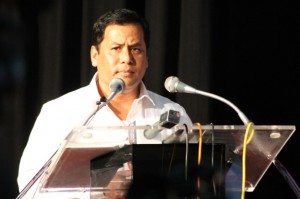
The Assam Movement:
The famous Assam movement happened from 1979-1985. Earlier, in 1977 the by-election for Mangaldoi Lok Sabha constituency was necessitated due to the demise of its MP Hiralal Patwari. The people of Assam noticed abrupt voting patterns due to the influx of illegal immigrants. They realized that the illegal immigrants from Bangladesh infiltrated into the territory of Assam under the patronage of the Indian National Congress since 1960’s and their names had fraudulently added to the electoral rolls and had thus become the voters in the elections.
When the people of Assam discovered this during the bye-election, they got together irrespective of caste, creed and religion under the aegis of All Assam Students union and the ‘All Assam Gana Sangram Parishad’. They launched a democratic movement which was peaceful. The movement also reached Delhi to make the rulers there aware of the demographic changes in Assam. Unfortunately there was no responsible ruler in Delhi at that time who was interested to take up this issue seriously. The battle was taken to the street for 6 years. Only when the movement gained strong support from all sections of people in Assam, the rulers of the Congress in Delhi and Assam were forced to sit up and take note the situation.
Only then, the then Prime Minister Smt.Indira Gandhi invited the AASU leaders in Delhi to initiate a dialogue with them. During the agitation thousands of people left their occupations in cultivation, ploughing and other traditional jobs only to make the agitation strong. The students of Assam lost 2 most precious academic years only to join the agitation. This was the biggest support the movement got from the people of Assam to make the country aware that there was an attack on the nation, its sovereignty, integrity and unity. The strong appeal went to all parts of the country. We must remember that leaders like Atal Behari Vajpayee Ji, Murali Manohar Joshi Ji, LK Advani Ji, Jaswant Singh Ji, Ram Jethmalani Ji, Arun Shourie Ji, MV Kamath Ji took the initiative to make the movement a national movement through their columns and write-ups.
MV Kamath was the first to cover the Assam agitation in his Illustrated weekly India which he was running then. Arun Shourie as the editor in Indian Express gave the all-important coverage to the movement. This resulted in the movement getting a national coverage and Smt.Indira Gandhi had no other alternative other than to call the AASU leaders for a dialogue. Atal Behari Vajpayee Ji very actively supported the bonafide rights of the people of Assam in his historic speeches in the Lok Sabha. It was then the government realized that something had to be done to the illegal immigration from Bangladesh.
The IMDT act and its aftermath:
In 1983, the Indira Gandhi government brought in a new piece of legislation called the Illegal Migrants (Determination by Tribunal) Act (IMDT), which was unnecessary. There was already an existing law to handle the issue of illegal immigration, called the Foreigners Act of 1946. Under the provisions of the Foreigners Act anyone could have been questioned by the police and if found guilty could have been deported back to their country of origin. But the Congress leaders’ right since the time from Nehru onwards brought in people from Bangladesh according to a plan into Assam to create a huge vote bank.
In 1960’s the then CM of Assam, Bimala Prasad Chaliha, and Governor, BK Nehru were determined to tackle the situation and drive back the illegal immigrants. But they were obstructed by the Congress government in Delhi. Since early 60s immigration was a strategically planned move by the Congress to create a vote bank. The IMDT act was enacted in 1983 by the Indira Gandhi government with tacit support from the then CM of Assam, Hiteswar Saikia, only to make the detection and deportation of illegal migrants legally difficult for any governments. Earlier under the Foreigner’s Act 1946, any suspect could have been investigated and deported by the police and perform its constitutional duty.
But according to the IMDT act the onus was on the complainant and not on the suspect. It is practically out of question for the complainant to prove that a suspect is an illegal immigrant as getting any documentary proof is impossible. It is to be noted that if anyone points out that the Bangladeshi illegal immigrants in Assam are Muslims, they are termed as communal without even knowing the facts properly. This is not just my observation. Even the Supreme Court in its historical judgment on 12th July 2005 where it struck down the IMDT Act, observes that from 1971 to 1991 the growth of population of Muslims in Assam was 77.42% whereas Hindus grew only at 41%. But if anyone points out this fact in growth of Muslim population is Assam they are termed as communal. If this is the case, should the Supreme Court of India be also termed as communal?
Today out of 27 districts in Assam, 11 districts are lost to the illegal Bangladeshi Muslims immigrants. Therefore only 16 districts are left in the hands of the bonafide citizens of Assam. If we fail to protect even this from further illegal immigration, Bangladesh will have a stronger claim over parts of Assam citing the population of Muslims in these parts. In September 2011 when the Prime Minister Manmohan Singh visited Dhaka, everyone expected him to raise the issue of illegal infiltration into Assam with his Bangladeshi counterpart. But this did not happen. Many chief ministers accompanied the Prime Minister on his visit to Dhaka but CM of West Bengal out rightly refused to be part of the delegation.
This was due to her opposition to share the water of the Teesta River and discuss the water distribution with Bangladesh. She was also opposed the idea of handing over some enclaves to Bangladesh. As doing so would have gone against the sentiments of the people who had voted her to power with a huge decisive mandate. On the other hand the Congress CM of Assam, Tarun Gogoi accompanied the Prime Minister on his visit to Dhaka. As the illegal immigration issue affected everyone in Assam, all appealed to him to discuss the issue with Bangladesh on this important maiden visit and compel them to take back their citizens as promised in 1972 by the then Bangladeshi Prime Minister Sheikh Mujibur Rahman. In 1972, during bilateral talks with the government of Indira Gandhi, Mujibur Rahman had promised to take back the Bangladeshi citizens who had illegally entered and settled India on or after 25th March 1971. This is even quoted by the Supreme Court in its 2005 judgment. Instead, Tarun Gogoi handed over the Assamese land to Bangladeshi Prime Minister Sheikh Hasina, that too in presence of the Prime Minister. This is how Congress is selling the motherland to the foreigner’s just for the sake of votes and to stay in power. Hence Congress is no more a ‘national’ party. They do not believe in nationalism. They believe only in power.
In 1945, Assam Pradesh Congress committee in its manifesto had mentioned that they believe in protecting the demographics of the country. The then congress realizing the presence of the illegal immigrants had pledged to protect the identity of the Assamese people and to constitute the demography of Assam on the basis of language and caste. This fact was quoted by Arun Jaitley in his Lok Sabha speech recently. In contrast, the present Congress thinks only about its own good and not of the country. They have been selling out our motherland to the foreigners for the sake of votes and power.
IMDT Act Repealed by SC
After IMDT act was repealed, the UPA constituted a committee in 2005 to scrutinize the SC judgment owning to the pressure from the pro-Bangladesh lobby in the government. The committee under the chairmanship of Pranab Mukherjee deliberated on the judgment for one year. On 10th Feb, 2006 a gazette notification was brought out by the government of India which put the onus of proving an illegal immigrant into the country solely on the complainant. This was completely in contrary to the Supreme Court judgment which had made it clear to the government that the IMDT act has been struck down and whatever cases have been pending under IMDT should be transferred to the tribunal constituted in 1964 under the Foreigner’s Act of 1946. The fresh government order was issued to further its dirty designs to protect the interest of the illegal immigrants. The order said that the prima-facie evidence cannot be the only basis to refer the case of illegal immigration to the tribunal but there also needs to be sufficient ground to prove the same. This order in –effect attempted to nullify the SC judgment of 2005 that invalidated the IMDT Act. With the support of Ashok Desai Ji, Prateek Jalan Ji, Niti Dikshit, Prashant Kumar and Arun Jaitley ji, I went to the Supreme Court to challenge the Government order. The SC quashed the Government order in December 2006. The government again filed a review petition and the SC turned it down again. Hence the Congress government has been defeated on this issue thrice consecutively in the highest court of the land. But till now, the congress government is not in the mood to democratically follow the SC order and implement its recommendations and protect the national interest and citizens of this country. They are still in the mood to sell out the nation and its land to the foreigners for the sake of votes.
Security Apparatus along the Border
There is immense discrimination in the security systems on the Indo-Pak border and the Indo-Bangladesh border. To understand the discrimination in the security systems, we need to understand the difference in the topography of the border areas. The western sector has J&K, Punjab and Rajasthan. J&K is replete with icy valleys of varying heights and very less motorable roads. In such conditions the Army was mandated to complete the border fencing in a short span of time. The Army had to fence about 700 Kms of the LAC in the Jammu sector alone and on the western sector has a total of about 1700 Kms of international border which had to be fenced.
Due to the terrain conditions where vehicle could not reach all areas, cement bags and fencing materials had to be carried by the soldiers by walk. Despite such prevailing conditions, the Army completed the fencing in about 3 and ½ years. The army was also instructed that if any suspicious elements from Pakistani side ware found illegally entering the border, they should be warned thrice and then shot. In contrast, the Indo-Bangladesh border has only 272 Kms of land to be fenced. Out of this, 222 Kms are reachable on motorable roads has and the rest 50 Kms of river line can be reached by motor boats. The Assam accord was signed in 1985 by the then PRIME MINISTER Rajiv Gandhi. During the 15th Independence Day celebrations at Red Fort on 15th August, 1985, he had claimed to the countrymen that since the Assam accord had been signed, it would be implemented in a specific time frame and all the illegal immigrants will be detected and deported back to Bangladesh and hence protect the identity, land and interests of the people of Assam. It has been 27 years since the Assam accord was signed and the promise was made but the Indo-Bangladesh border is as porous as it was before the signing of the accord.
The Congress governments of Assam and the UPA at the center claim that 222 kms of fencing have been completed. But according to a report by G.K.Pillai, former Home Secretary of India, due to the poor quality of fencing and barbwire, there are as many as 300 porous sections along the border fence. On one side of the border, there is a strong border fence with orders to shoot any intruder on the other side we have open border which enables illegal Bangladeshis to enter at will. It was also revealed that when P Chidambaram visited Dhaka, the home ministry had instructed the BSF to use only rubber bullets and not genuine bullets on any suspicious intruders who did not have valid Indian passports.
This order is still in vogue. This policy of discrimination in the handling of border situation by the government on western and eastern sectors is evident.
The Communal politics of AIUDF
One more factor contributing to the Assam situation is the political party called AIUDF – All India United Democratic Front lead by the president of Jamiat Ulema-e-Hind, Badruddin Ajmal. He is also a Lok Sabha member. When IMDT was struck down by the SC, he immediately formed the political party in 2005 to instigate the illegal Muslim immigrants in Assam by claiming that their existence was at stake and hence had to come together and protect their rights. The AIUDF first contested the 2006 assembly elections in Assam where they got 10 seats and in the subsequent elections they got 18 seats. In the Lok Sabha elections in 2009, the party won 1 Lok Sabha seat. It is to be noted here that as per the director of census reporting, out of the 27 districts in Assam, the illegal immigrants are in a majority in 11 districts of the state. This has certainly helped AIUDF to win in these many seats.
It is also to be noted that the Union home joint secretary (Northeast) Shambhu Singh had mentioned that AIUDF chief Badruddin Ajmal was responsible for the violent situation in the country when he was asked as to who was responsible for the Mumbai violence on 11th August and the exodus of North-eastern people from different parts of the country. This is important because it is not an accusation by a politician but by a senior-most official in the ministry of home affairs. Many including me had demanded that Badruddin Ajmal be immediately arrested but it fell on deaf ears. Though ours is a secular state, it is unfortunate that people like Ajmal are allowed to create discord among Hindus and Muslims and creating communal strife all over the country. People like him have to be arrested and be brought to the book.
After the successful Assam Bandh was observed on August 27th, many parties and organizations from all over the North-East demanded that Badruddin Ajmal should be arrested. But he is roaming around freely even to this day as he is known to be close to Sonia Gandhi. By supporting such anti-social elements the Congress party and UPA are compromising on the security and integrity of the nation. On one hand the UPA government blames Pakistan for terror activities in the country but on the other hand, inspite of intelligence inputs from IB about the presence of ISI in Bangladesh and its support to terror activities in Assam and North-Eastern states through training and logistical support from within Bangladesh, the government is silent on this. This means that we are compelled to conclude that the nation is not safe under the congress regime.
THE WAY FORWARD:
We have deliberated on the problems of Assam in detail but we need to find a solution. For this we all need to come together. First, we need to compel the government to do three things.
- Seal the entire border of 272 Kms completely and ensure that the army is deployed throughout and no lenience is given for any illegal entrants.
- As per the promise made in Assam accord of 1985, the National Registry of Indian Citizens in Assam needs to be updated. The earlier NRCs of 1950 and 1960 and the voters list of 1971 can be used to update the NRC and identify the true citizens and the foreign elements in Assam. Accomplishing this will be a major milestone in the solution to the NE crisis.
- Implement the Assam Accord as promised by the then Prime Minister Rajiv Gandhi.
